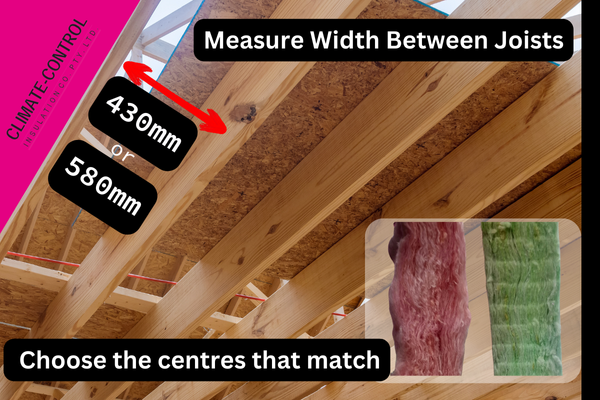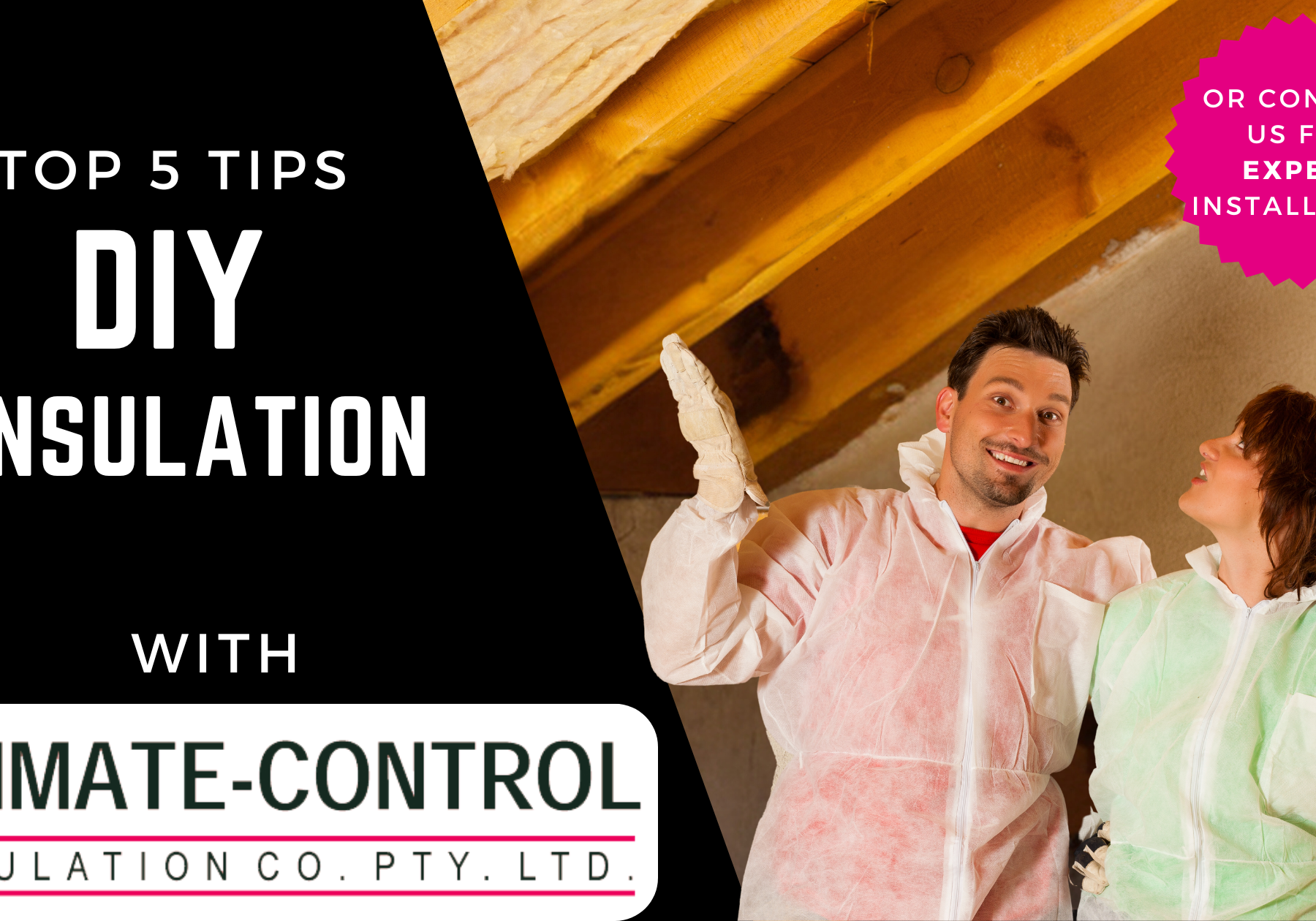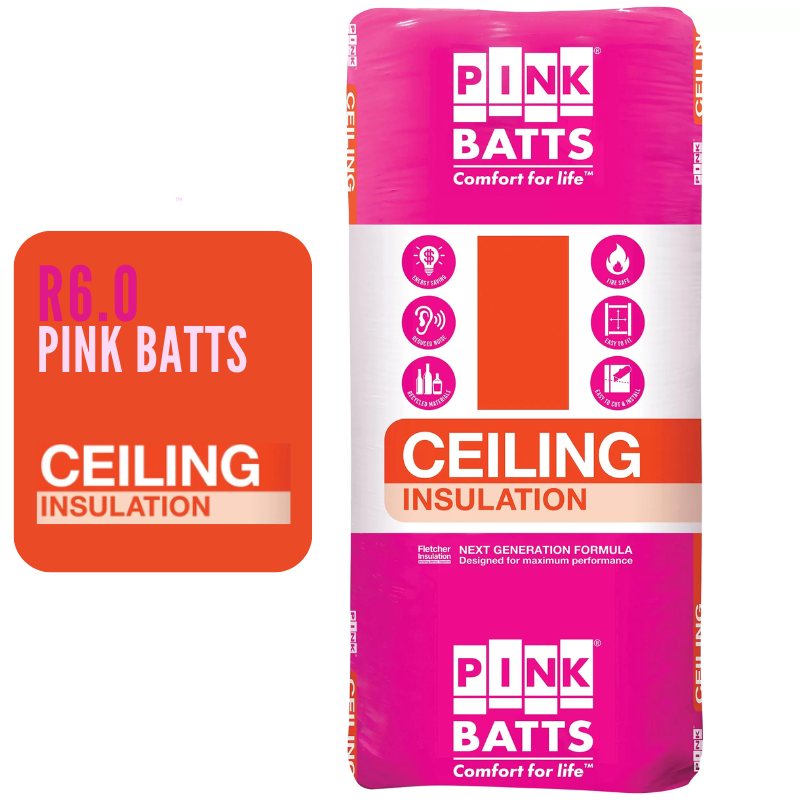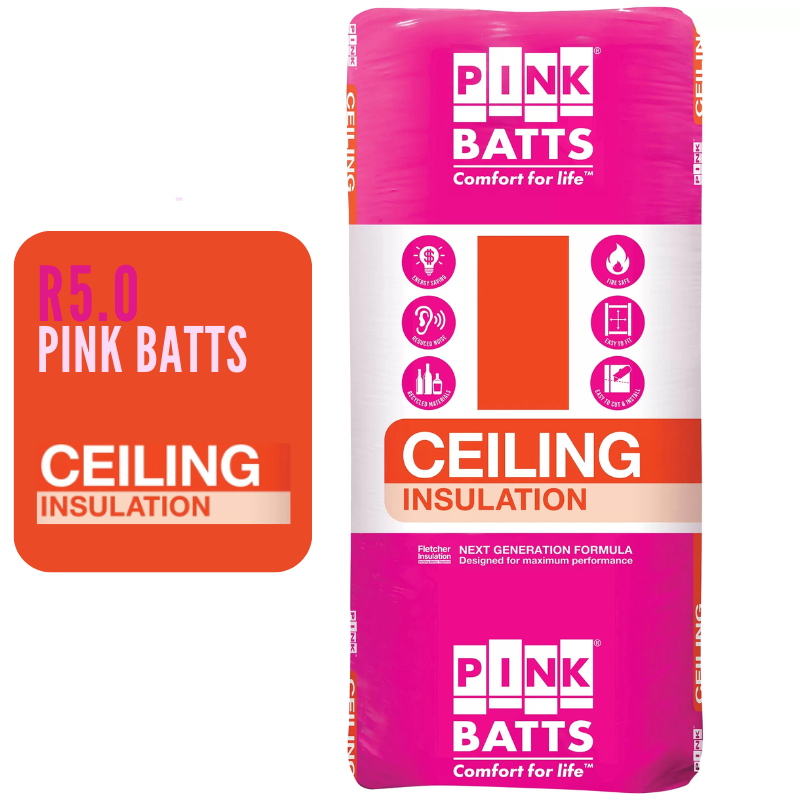Your cart is currently empty!
5 TOP TIPS FOR DIY ROOF INSULATION
Posted July 2024
Top Tips for Roof Installation

Adding insulation to your roof is a smart way to save energy and keep your home comfortable all year long. As the trend of DIY Roof Insulation methods increases, numerous Australians are utilizing tools to undertake these projects independently.
Good roof insulation helps make your home more energy-efficient and saves money on heating and cooling. Planning carefully and understanding insulation principles are important to achieve the best results when working on this task. Consider if doing the project yourself is the best option.
If you’re a DIY enthusiast looking to install your own DIY roof insulation, there are different materials and methods to consider. Different types of insulation to choose from include blanket, loose-fill, or foam board.
Each type of heating system has its own installation process and provides unique benefits for heating your home. It’s crucial to guarantee the correct R-value, which is the thermal resistance measurement, for the specific climate zone to achieve efficient insulation. This exact matching with climate requirements ensures that houses remain cool during summer and warm during winter.
Safety is of utmost importance when setting up roof insulation. Home handymen need to know how to use ladders correctly, safely move around on a roof, and wear protective gear. It’s also crucial not to squash the insulation material, as this can reduce its efficiency.
Make sure the insulation fits properly around obstacles like rafters and ductwork. This is necessary for it to work effectively and safely. Improperly aligned or ill-fitting insulation may not provide adequate protection around obstacles. This can lead to energy loss and potential safety hazards.

1.Know your Insulation Materials
Before starting a DIY roof insulation project, it is crucial to carefully choose the materials. The thermal performance, environmental impact, and installation methods of different insulation materials can vary widely.
DIY Roof Insulation Types
In Melbourne, the most common insulation materials include fiberglass, foam board, and spray foam. Each material possesses a distinct R-value, which indicates its ability to resist heat flow. Fibreglass is affordable and readily accessible and ranges with an R-value ranging from 3.5 being the lowest for Ceilings – to R6.0, being the best.
Foam boards are excellent for spaces that require thin insulation. Lastly, spray foam expands to fill cavities, however, is not recommended by us for many reasons.
2.Precautions for DIY Roof Insulation
Before embarking on a DIY insulation task, it’s crucial to follow vital safety guidelines to avoid harm and guarantee efficiency. This involves donning suitable attire and comprehending the proper methods for handling insulation materials.
3.Ensure Safety Equipment is used
Wearing Personal Protective Equipment (PPE) is crucial in DIY insulation endeavors. The required items include:
Ensure comprehensive protection during insulation work with sturdy, durable gloves to safeguard hands from discomfort, snug-fitting protective eyewear to prevent insulation fibers from entering the eyes, a respirator featuring a P2 filter for breathing protection against airborne particles, disposable coveralls to minimize skin exposure to insulation materials, and a hat or hood to shield the scalp and hair. Complete coverage of skin is essential to prevent irritation or allergic reactions caused by insulation fibers.
Safe Insulation Practices
Proper management of insulation materials in the roof space is essential to prevent mishaps and health hazards. It’s crucial to follow specific safety guidelines: Ensure insulation is spread out evenly to maintain its R-value without compressing it.
Use sharp insulation blades or saws for precise cutting to minimize dust and waste. When working in the attic, maintain stable footing by stepping only on joists or designated walk boards to prevent accidents. To avoid fire risks, keep insulation materials away from heat sources like light fixtures and exhaust pipes. Always consult the manufacturer’s instructions for detailed guidance on handling the specific insulation product during installation, especially on hot days.
4.Steps for Preparation
Before initiating the process of roof insulation, it’s crucial to prepare and prime the area for installation. These are the steps to take to start your DIY Ceiling Insulation Installation
Roof Area Clean-up
The roof area should be free from any debris or materials that might interfere with the insulation. This involves inspecting and clearing away dust, leaves, and old insulation materials. A clean workspace ensures efficient insulation installation.
- Eliminate loose debris: Use a broom or vacuum to get rid of any particles and ensure a clean surface.
- Check for damage: Look out for indications of water damage or structural issues that may need to be addressed before insulation begins.
5.Conclusion
When it comes to roof insulation, the DIY approach can be appealing. It offers a sense of achievement and the possibility of saving money. But it’s important to consider if the benefits outweigh the skills and accuracy that professional installers provide.
DIY projects are enjoyable, but they can cause issues if not done properly. These issues include reduced energy efficiency, safety hazards, and costly damage. It is important to install DIY projects correctly to avoid these problems.
Hiring roof insulation contractors from Climate Control Insulation ensures proper installation of your insulation from the beginning.
At Climate Control Insulation, based in Melbourne, our over 59 years of expertise not only saves you time but also ensures knowing the job is done correctly. Equipped with the right tools, materials, and techniques, we guarantee that your roof insulation will enhance the comfort and energy efficiency of your home for years to come.
Here are our Top Recommended Products:
You can find out more about PINK BATTS Here!
Or you can always CONTACT one of our INDUSTRY EXPERTS to advise and install for you!




